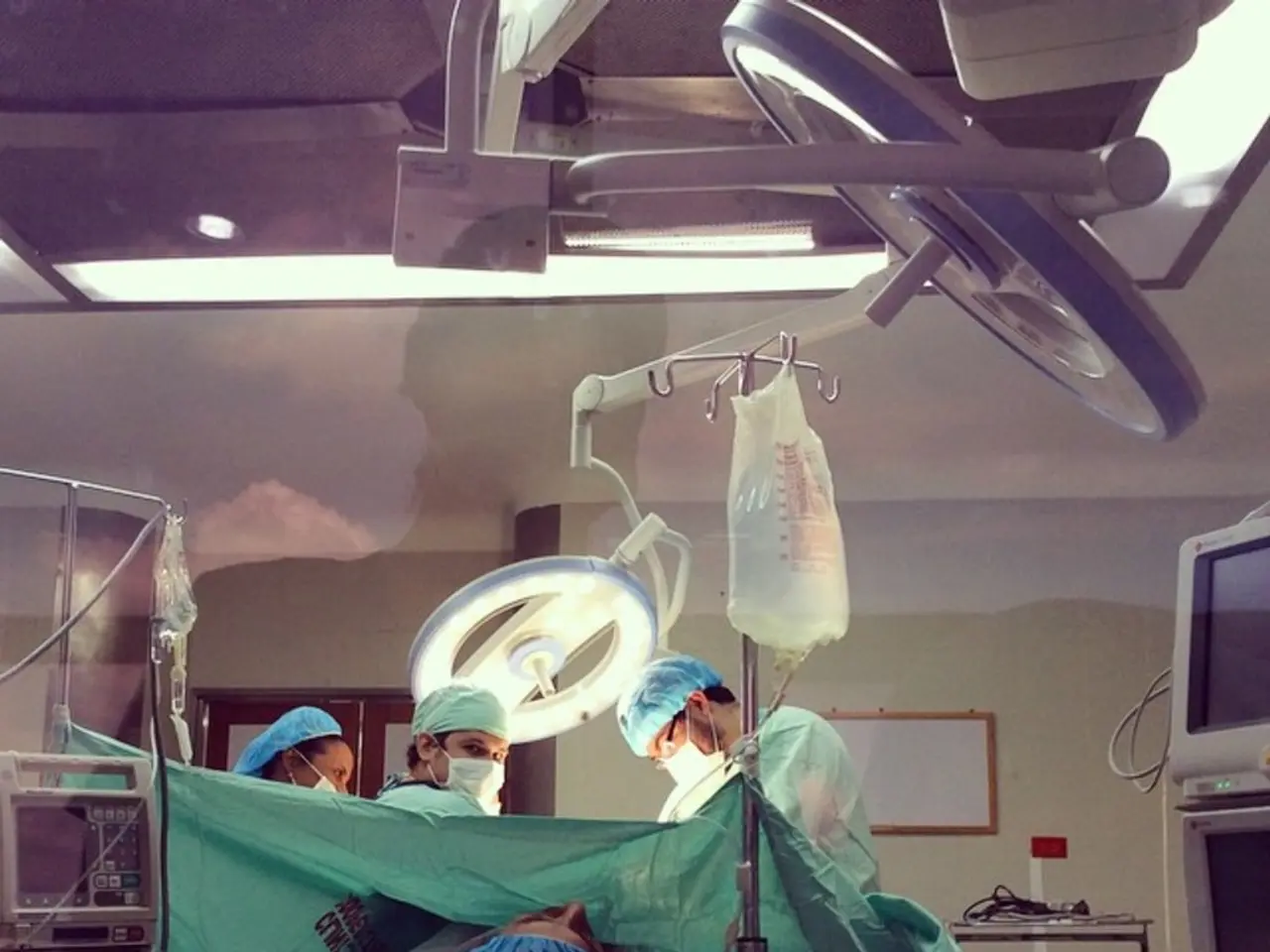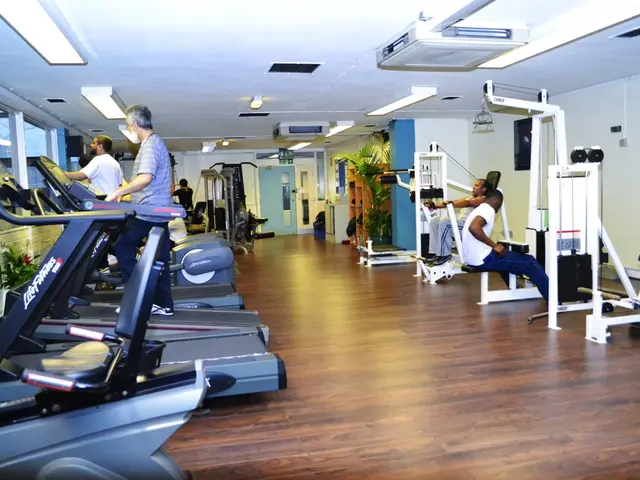India Introduces Revolutionary Surgical Progress with Inaugural Long-Distance Robotic Bariatric Tele-Surgery
In a significant breakthrough for the medical field, global standards for remote robotic surgery in high-complexity domains have been established and recently published. These standards aim to make surgical expertise more accessible to a wider population, particularly in remote areas, and set new standards in the field of telesurgery.
The publication of these unified guidelines follows decades of progress since early telesurgery attempts and builds upon technological advances in robotic systems, telemedicine, and high-speed networks. The standards emphasize rigorous technical, security, communication, and operational requirements necessary to deliver safe and effective long-distance surgical care.
The key elements of these standards include technical guidelines, cybersecurity protocols, communication requirements, interface and system integration, and facility standards. These guidelines mandate high-quality real-time two-way video and audio between the remote surgeon's site and the patient site, ensure surgical-grade network characteristics, and guarantee interoperability and stable performance across diverse settings and vendors.
The development and publication of these standards are a practical milestone, heralding a new era in providing high-complexity surgical care remotely on a large scale. Dr. Mohit Bhandari, a renowned bariatric and robotic surgeon, recently made history by successfully completing the world's first long-distance robotic bariatric telesurgery between Gurugram and Indore in India. This landmark operation, executed using the SSI Mantra M3 system, an India-developed robotic surgery platform, marks the first documented case of long-distance robotic bariatric telesurgery between two major Indian cities.
Dr. Bhandari, who has performed over 30,000 bariatric and metabolic procedures, was recently honoured with the International Surgeon Award at the ASMBS Global Congress in Washington D.C. (June 2025). He is one of the most well-known bariatric surgeons in the Asia-Pacific region.
The benefits of this method include improved patient outcomes and the scalability of surgical expertise. By democratizing access to surgical expertise, not just across India but globally, these standards aim to optimize patient outcomes, enhance healthcare efficiency, reduce costs, and improve satisfaction among patients and providers.
Moving forward, these guidelines will evolve alongside technological and clinical advances to refine best practices in this rapidly growing domain. The use of technology-driven models of care is intended to improve the quality of surgical care, particularly in remote areas, reducing time-to-treatment and improving patient outcomes. This approach has the potential to revolutionize the delivery of surgical care in remote areas and could democratize access to surgical expertise globally.
- The publication of these standards in the field of remote robotic surgery marks a significant milestone in the advancement of technology-driven healthcare, particularly in technology and medical-conditions, aiming to make surgical expertise more accessible in health-and-wellness, even remote areas.
- The development of these unified guidelines, which emphasize rigorous technical, security, communication, and operational requirements, is a testament to decades of progress in technology, telemedicine, and high-speed networks, specifically in the news and business sectors.
- With the establishment of these guidelines, there is an opportunity for the democratization of surgical expertise, not just within the country but globally, through the use of systems like the SSI Mantra M3, a robotic surgery platform developed in technology, potentially improving patient outcomes and reducing costs in health and scientific domains.
- Moving forward, the evolution of these standards will be closely tied to technological and clinical advancements in the science field, refining best practices and revolutionizing the delivery of surgical care, particularly in the business of healthcare, reducing time-to-treatment and improving patient outcomes.




